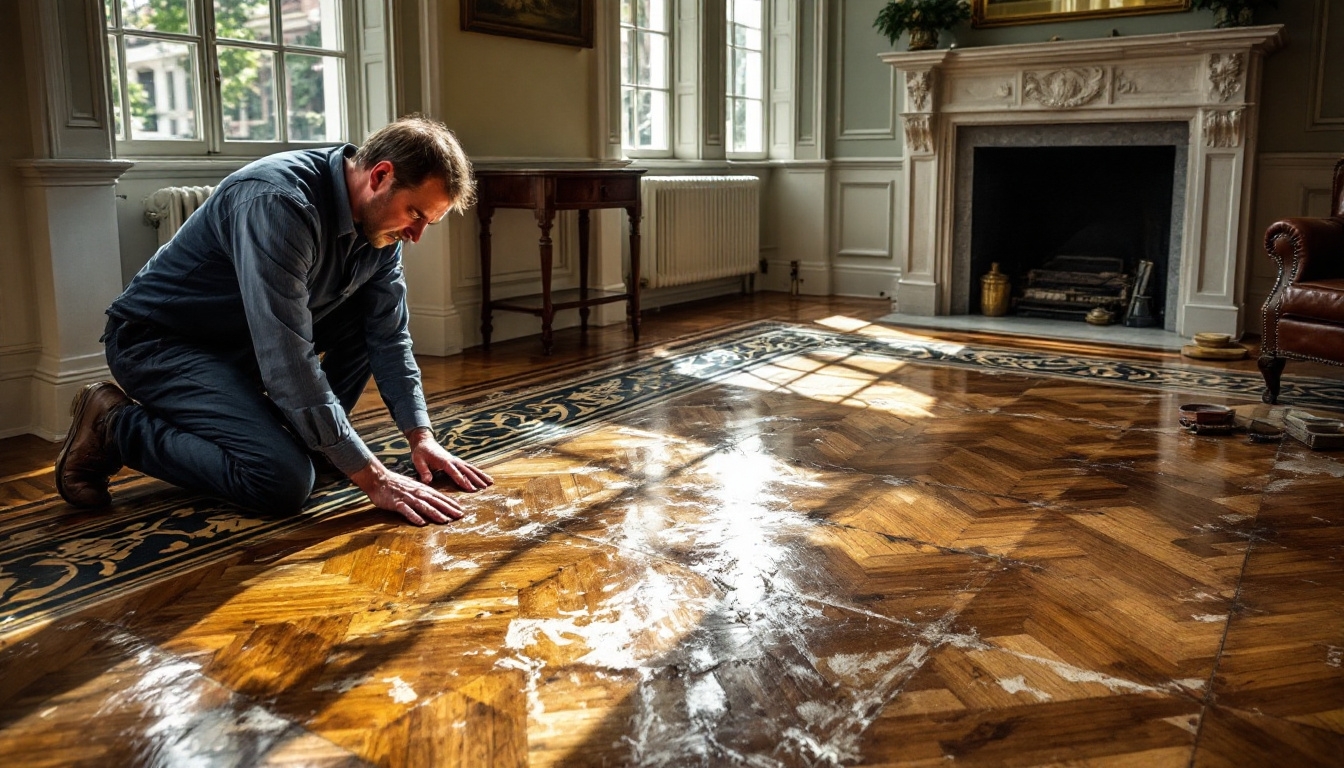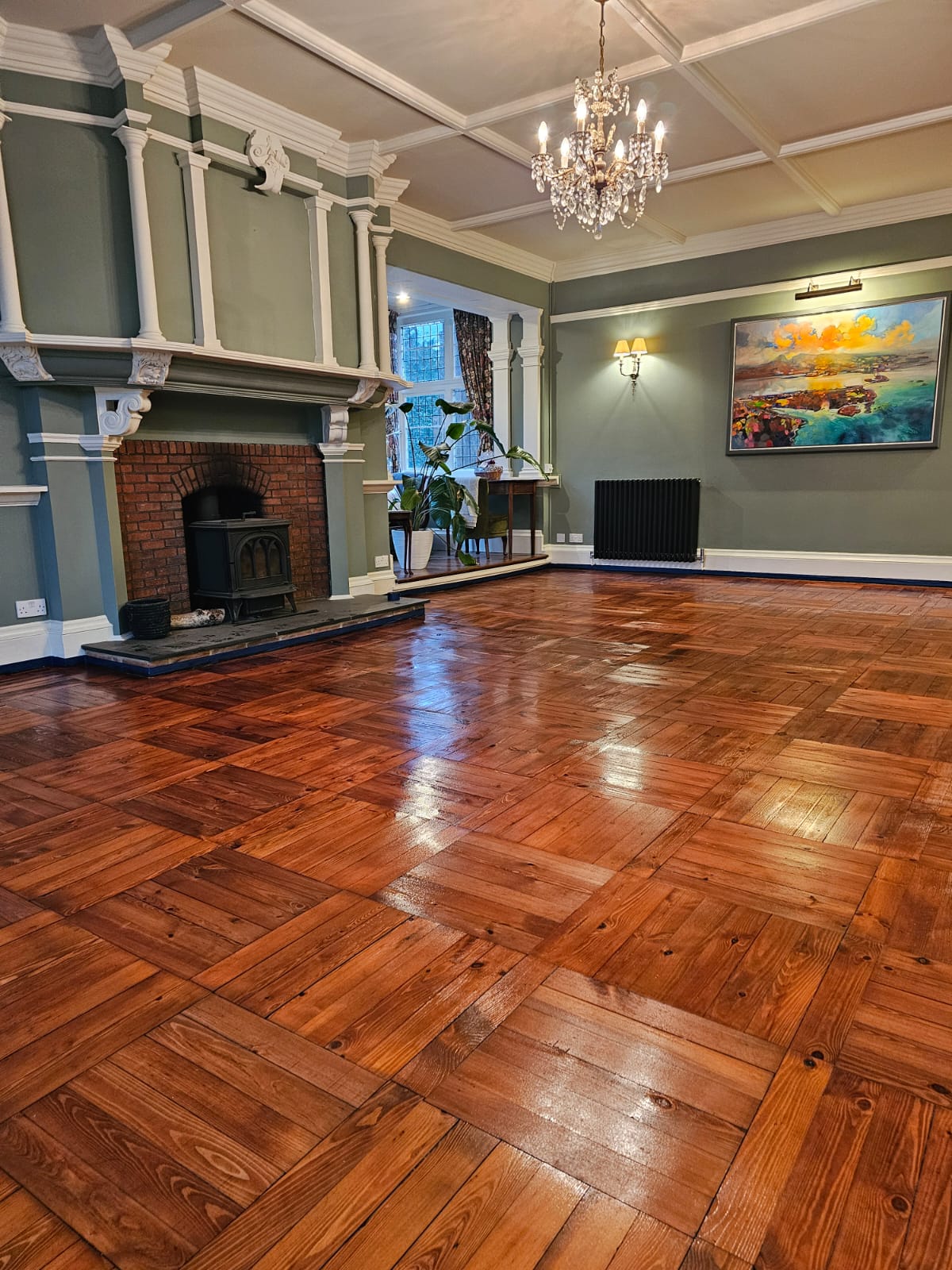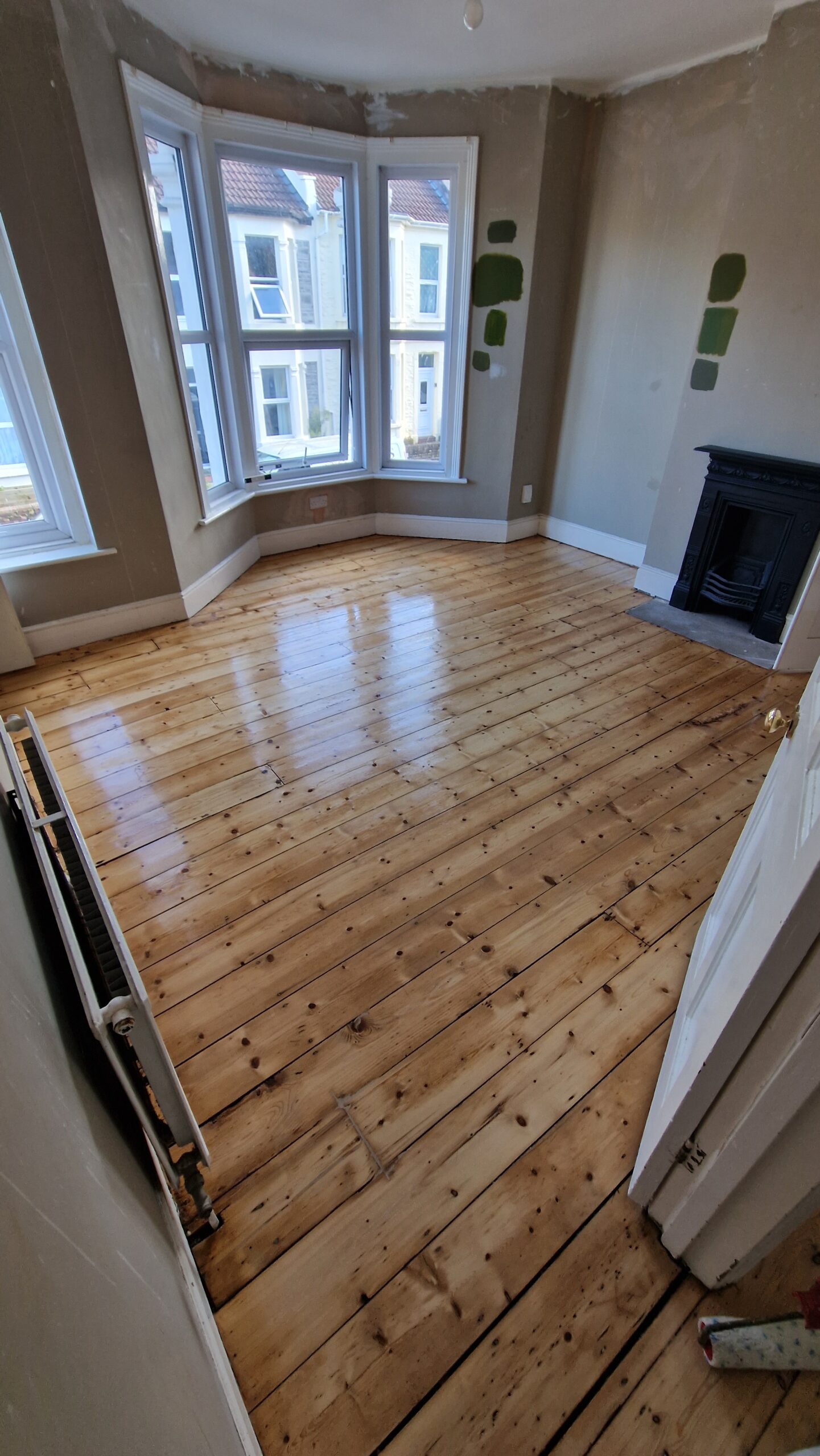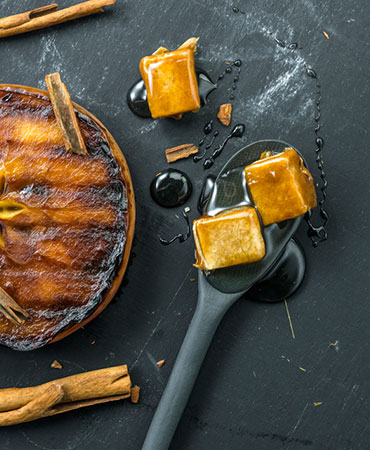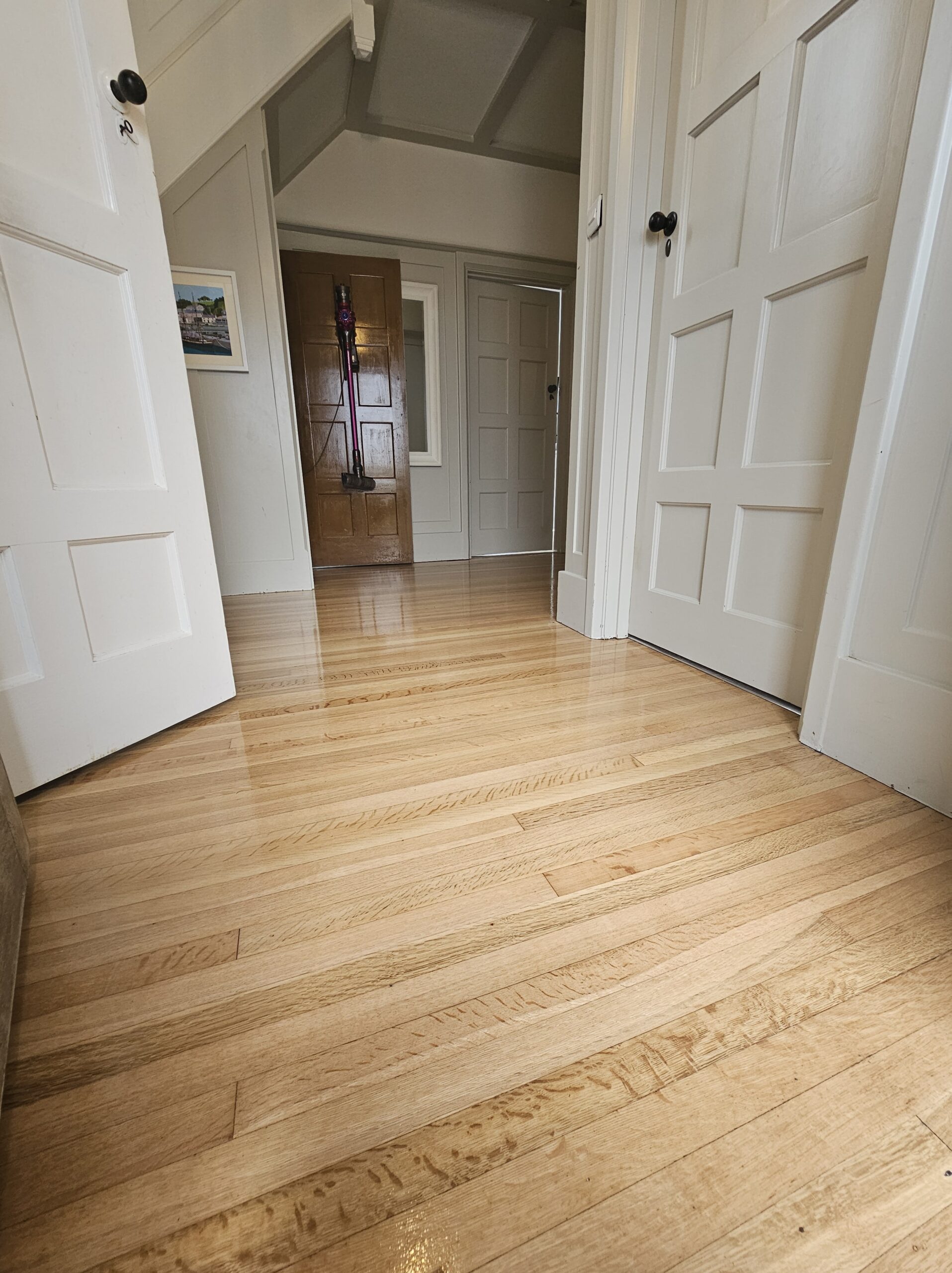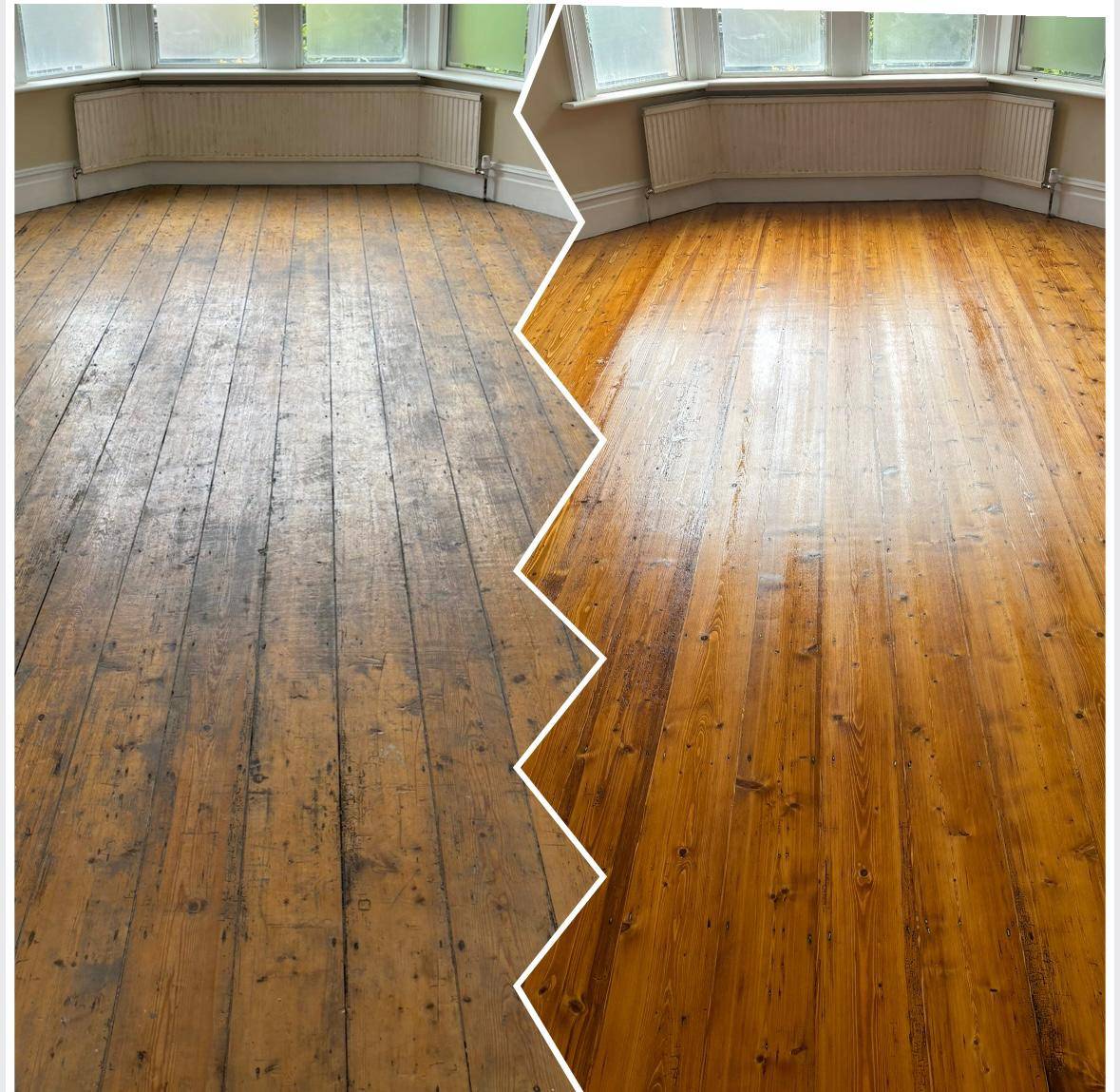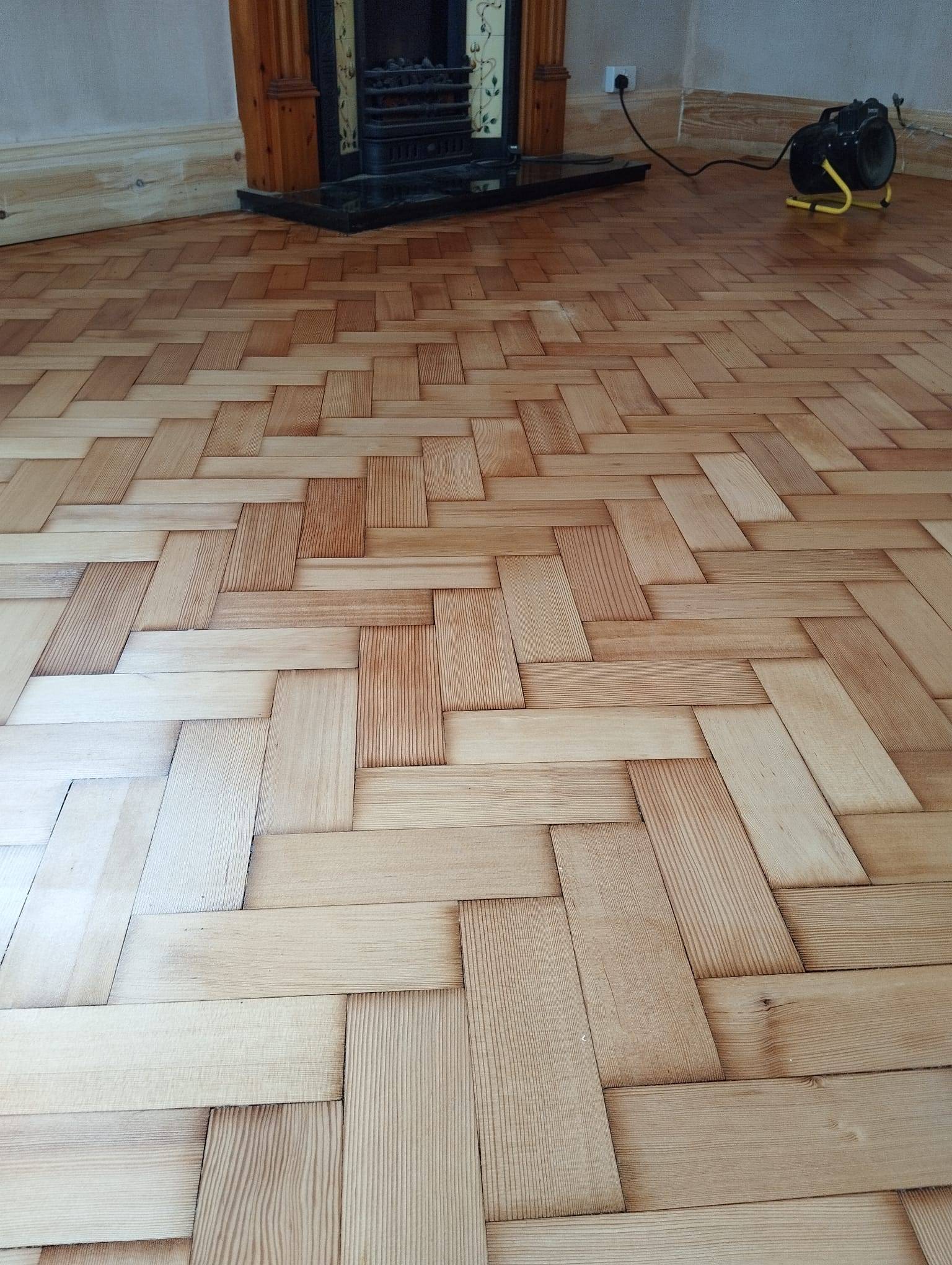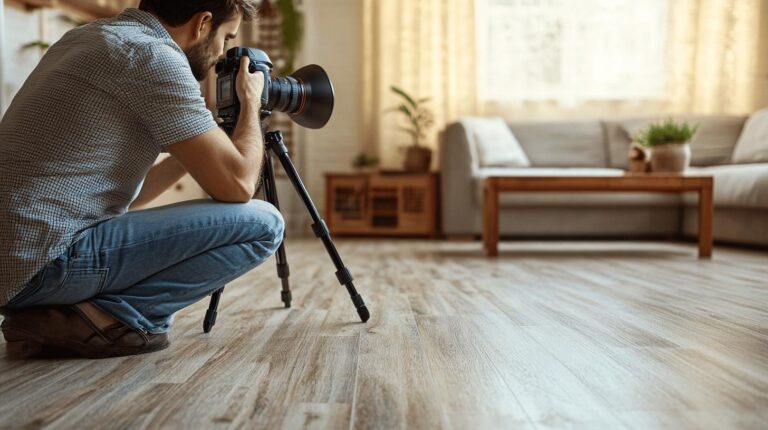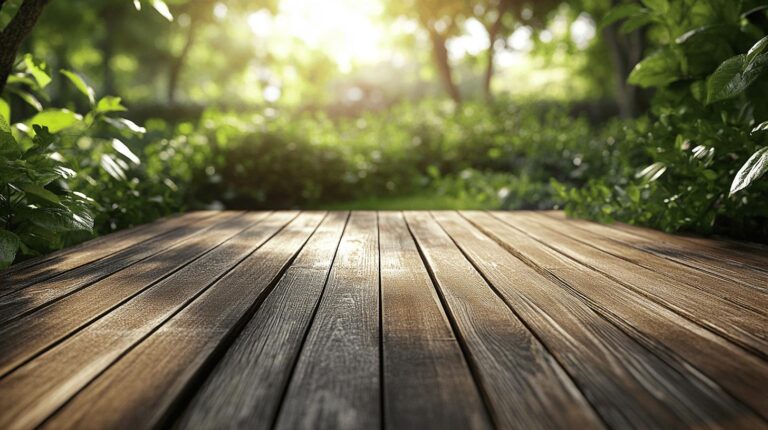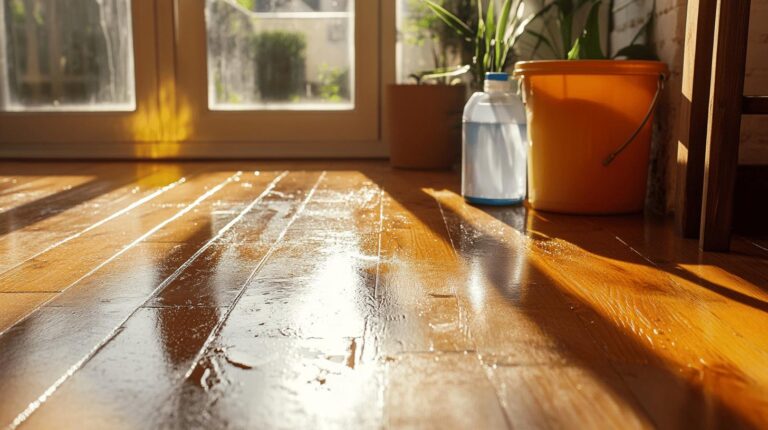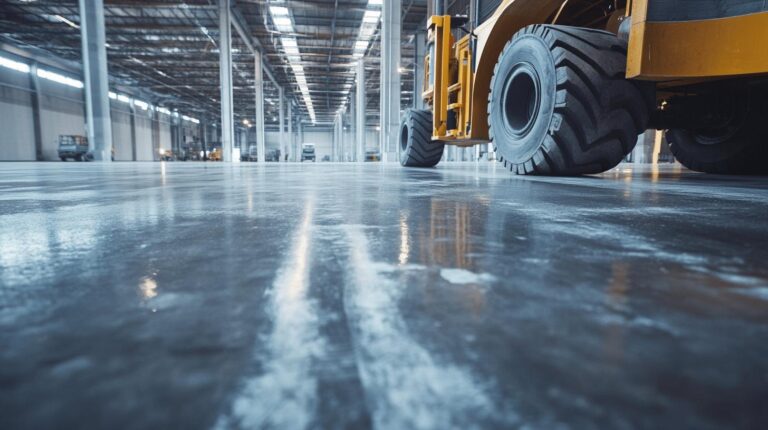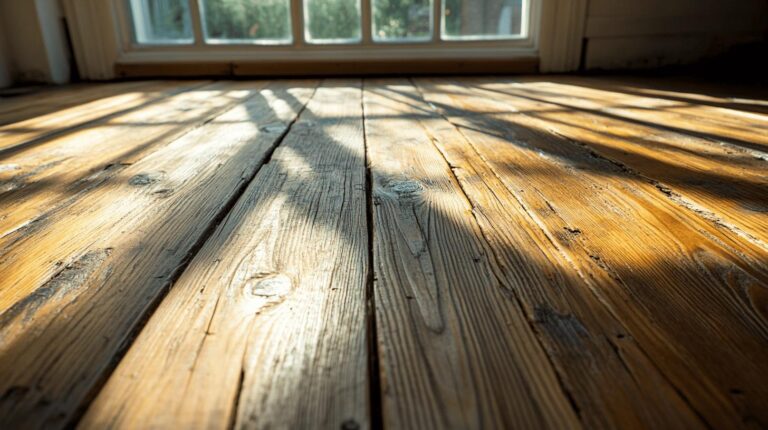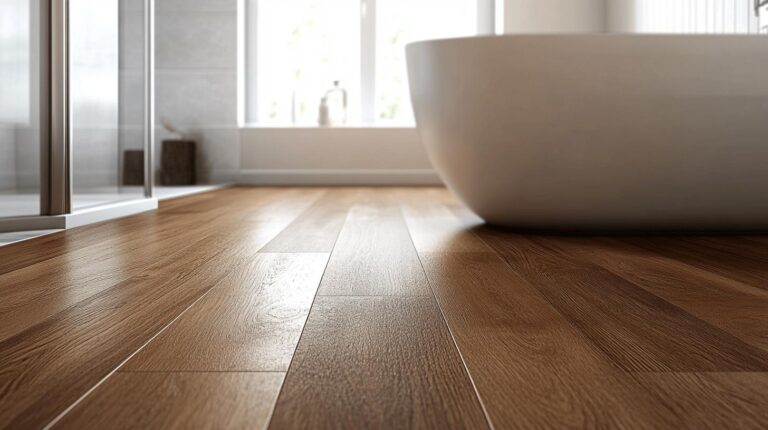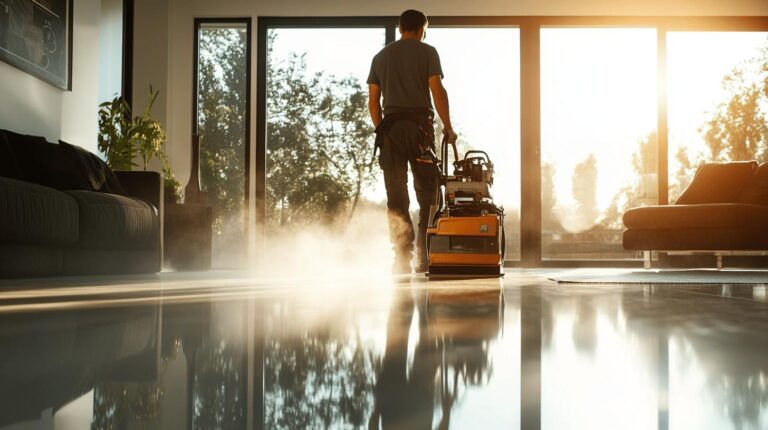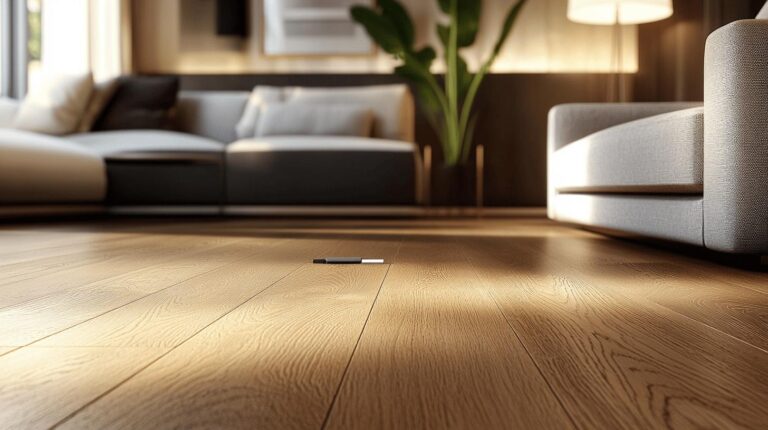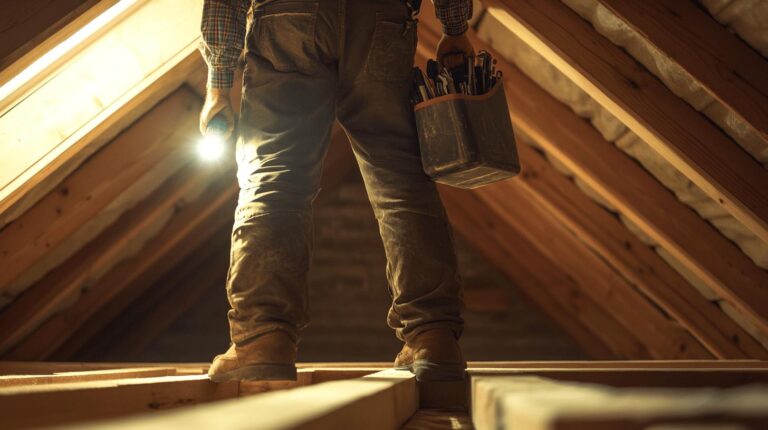Are your cherished historic wood floors showcasing signs of wear and tear, but you’re unsure how to address them or prevent further deterioration? Identifying common problems in these antique treasures, such as scratches, discolouration, or structural decay, is crucial for maintaining their splendour. This article delves into the intricacies of recognising these issues and offers insights into effective prevention strategies and solutions. By understanding the specific challenges historic properties face, homeowners can make informed decisions to preserve their floors and entrust their restoration to experts like Ryan’s Restoration for optimal care.
Identifying Common Wood Floor Problems in Historic Properties
Conducting a thorough assessment of wooden floors is vital before beginning any restoration work, especially in historic properties. Common issues include scratches, stains, and discolouration, which can significantly affect the appearance and integrity of the floors. Over time, the original finish may wear down, leading to visible damage that requires careful evaluation. These surface problems can often disguise deeper issues, making it critical to identify and address them early to preserve the flooring’s historical value.
Historic properties often present unique challenges that can complicate floor restoration efforts. Warping and structural decay are prevalent due to environmental factors and the natural ageing process. Warping may occur when wooden floors are exposed to excessive moisture or fluctuating temperatures, resulting in uneven surfaces and potential safety hazards. Structural decay, on the other hand, can be an indicator of underlying issues such as pest infestations or prolonged exposure to damp conditions. These problems not only impact the aesthetics but also compromise the structural integrity of the floors.
- Scratches and surface abrasions
- Stains and discolouration
- Warping and uneven surfaces
- Structural decay and rot
- Loose or squeaking floorboards
Engaging professional assessments plays a crucial role in accurately identifying and addressing these issues. Experts like Ryan’s Restoration have the knowledge and experience to evaluate the condition of historic wood floors comprehensively. They can offer tailored solutions that respect the property’s historical significance while ensuring the floors are restored to their former glory. By consulting with professionals, homeowners can make informed decisions about the necessary restoration steps to maintain their floors’ beauty and longevity.
Solutions for Wood Floor Issues in Historic Properties
Addressing wood floor problems in historic properties requires a methodical approach to ensure both functionality and preservation. Patching and repairing damaged areas are fundamental steps to achieve a seamless finish in refinished floors. Fixing warped floorboards often involves careful removing and replacing affected sections to maintain structural and aesthetic integrity. This process should be conducted with precision to avoid further damage. Dealing with squeaky floors typically requires tightening loose boards or applying lubrication to reduce friction between the wood and subfloor, effectively silencing the noise.
Choosing the right materials is paramount in resolving these issues, particularly in historic properties where original aesthetics must be preserved. Engineered hardwood is often recommended for its stability and resistance to moisture, making it an ideal choice for areas prone to warping. Ryan’s Restoration brings expertise in selecting materials that align with the historical context while providing long-lasting solutions. Their skilled team ensures that each repair and restoration effort is tailored to the unique challenges of the property, guaranteeing a high-quality finish that respects the historical significance of the floors.
Prevention of Floor Damage in Historic Properties

Regular maintenance is crucial for preserving the beauty and integrity of vintage wood floors in historic properties. Proper cleaning routines help prevent surface damage and extend the life of the flooring. Using soft-bristle brooms and vacuum cleaners with hardwood settings can effectively remove dirt and debris without scratching the surface. Routine inspections are essential to identify minor issues before they escalate into significant problems. Ensuring that the floors are dry and free from moisture is equally important, as older homes often lack modern moisture barriers. Damp-proofing measures can mitigate the risk of moisture-related damage, safeguarding the floors against warping and decay.
- Conduct routine visual inspections.
- Use soft-bristle brooms for cleaning.
- Opt for hardwood-safe vacuum settings.
- Implement damp-proofing measures
- Avoid excessive water during cleaning
- Choose pH-neutral cleaning products
Monitoring environmental factors is another key strategy in preventing floor damage. Changes in humidity and temperature can cause wood to expand and contract, leading to gaps and warping. Installing a hygrometer can help track humidity levels and ensure they remain within the optimal range for wood preservation. Additionally, maintaining a stable indoor climate with the help of dehumidifiers or air conditioning can prevent fluctuations that compromise the wood’s condition. Consulting with professionals like Ryan’s Restoration can offer valuable insights and tailored advice on maintaining historic wood floors. Their expertise ensures that preventive measures are both effective and respectful of the property’s historical context.
Wood Floor Preservation Techniques for Historic Homes
Traditional preservation methods for historic wood floors are deeply rooted in the use of natural materials. Early floors were often polished with substances like beeswax and linseed oil, which provided a protective layer while enhancing the wood’s natural beauty. These oils penetrate the wood, offering a level of moisture resistance and a subtle sheen that complements the historic aesthetic. The key to effective preservation with traditional methods is understanding the specific needs of the wood, such as its age, type, and exposure to environmental elements. Regular application of these natural oils helps maintain the wood’s flexibility and prevents cracking or drying out, ensuring the floor remains a standout feature within the historic property.
Modern refinishing techniques have evolved to offer solutions that respect the historical integrity of wood floors while providing enhanced durability. These methods often involve the use of advanced finishes that mimic the appearance of traditional oils and waxes but offer superior protection against wear and tear. Techniques such as sanding and the application of water-based polyurethane finishes allow for a refined look that maintains the floor’s original character. Importantly, these modern solutions are designed to be less invasive, preserving the unique patterns and textures of the historic wood. By combining traditional aesthetics with contemporary technology, homeowners can ensure their floors remain both beautiful and functional for years to come.
Traditional vs. Modern Preservation Methods
When choosing between traditional and modern preservation methods, it is advisable to consider eco-friendly options that minimize environmental impact while maximizing the floor’s longevity. Traditional natural oils are sustainable and non-toxic, while modern eco-conscious products often use water-based formulations that emit fewer volatile organic compounds (VOCs). Homeowners should aim for a balance that respects both the environment and the historical significance of their wood floors.
Expert Advice for Long-Term Wood Floor Care in Historic Properties
Preserving the charm and integrity of wood floors in historic properties demands meticulous care. It’s crucial to use appropriate cleaning and maintenance products to maintain the wood’s originality. Avoid harsh chemicals that can strip the wood of its natural oils and cause irreversible damage. Instead, opt for mild cleaners and traditional natural oils like beeswax or linseed oil, which enhance the wood’s sheen without compromising its historical value. Regular application of these products helps maintain the floor’s flexibility and prevents cracking, ensuring the wood remains a stunning feature of the property.
Engaging professional restoration services is a wise investment for long-term wood floor care. Professionals like Ryan’s Restoration bring a wealth of expertise, ensuring precision in every step of the restoration process. Hiring experts helps avoid costly mistakes that could arise from DIY attempts, which often lead to further damage over time. Professionals are adept at assessing the condition of historic floors, providing tailored solutions that respect the property’s history while revitalising the floors to their former glory. Their knowledge and experience guarantee a high-quality finish that stands the test of time.
Common Mistakes to Avoid
- Using abrasive cleaning tools
- Neglecting routine maintenance
- Applying excessive water during cleaning
- Ignoring minor damages
- Skipping professional assessments
- Using non-historic friendly products
Final Words
Common wood floor problems in historic properties pose unique challenges due to factors such as structural decay and warping. Identifying these issues is crucial, and professional assessments play a vital role in ensuring comprehensive restoration efforts.
Implementing effective solutions, such as patching and choosing appropriate materials, helps maintain the aesthetic and structural integrity of the floors. Preventive measures, including regular maintenance and damp proofing, protect against future damage.
By embracing traditional preservation techniques alongside modern refinishing methods, one can conserve the historical charm. Ryan’s Restoration stands ready to provide expert advice and services, ensuring these elegant wood floors continue to enhance home aesthetics and value for years to come.
Protect your historic wood floors – Explore expert solutions at Ryan’s Restoration today!
FAQ
Q: What causes a floor to bulge upwards?
A: A floor may bulge upwards due to moisture accumulation, improper installation, or foundation movement. Identifying moisture sources and promptly addressing structural concerns can mitigate further damage.
Q: What are the signs of a bad hardwood floor installation?
A: Poor hardwood installation can manifest as gaps between planks, uneven surfaces, or excessive movement. Ensuring proper acclimation of wood and expert installation is crucial to avoid these issues.
Q: How can you fix a bulging wooden floor?
A: Resolving a bulging wooden floor often involves replacing affected planks and addressing moisture issues. It is pivotal to rectify any underlying structural problems to prevent recurrence.
Q: Why might a laminate floor bulge upwards?
A: Laminate floors can bulge due to excess moisture or insufficient expansion gaps. Proper installation and maintaining appropriate humidity levels are key to preventing such deformations.
Q: What could cause a floor to bulge upwards under the carpet?
A: When a floor bulges under the carpet, it may result from subsurface moisture or structural shifts. Addressing these fundamental causes is integral to achieving a level and durable floor.
Q: What should be done if a wood floor sinks when walked on?
A: If a wood floor sinks underfoot, it typically indicates subfloor weakness or damage. To ensure stability, professional assessment and reinforcement of the subfloor may be necessary.
Q: How is a concrete floor bulging upwards typically repaired?
A: Repairing a bulging concrete floor involves identifying causes like soil settlement or moisture, then applying techniques such as slab jacking or underpinning to restore levelness.
